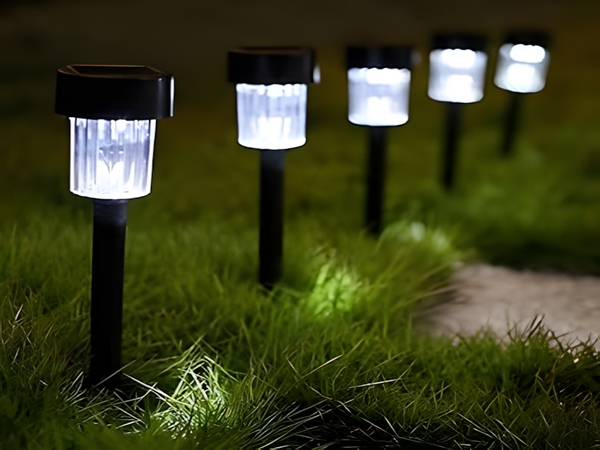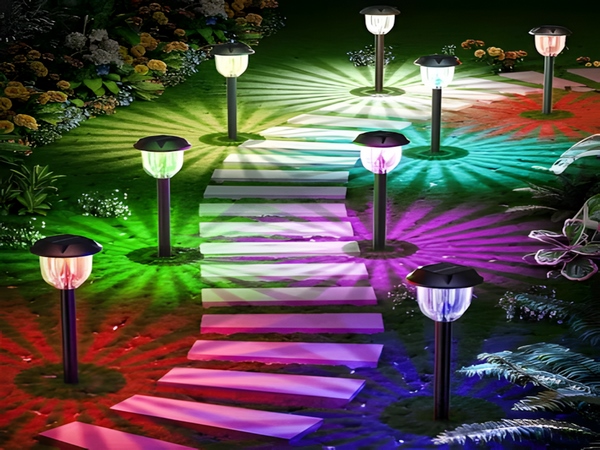
Nowadays, countries are advocating for the construction of new rural areas and beautiful villages. As a form of new energy, solar street lights have been widely applied in road lighting. The system configuration of solar street lights determines the quality of road lighting; therefore, the choice of system configuration is very important. So how do you calculate the system configuration for solar street lights? Next, the editor from Century Sunshine Lighting will introduce this topic.

First, a few pieces of information need to be determined: the daily full-power lighting duration, the number of rainy days that need to be assured for lighting, the peak sunlight hours at the installation location, the power of the light fixtures, and the road conditions. Assuming that the lights are on for 12 hours daily, with the first four hours at full power, the next four hours at half power, and the last four hours at 25% power, the daily full-power lighting duration can be calculated as 4 + 4 * 0.5 + 4 * 0.25 = 6 hours. Set the continuous uncharged lighting for 5 rainy days, as the solar panel will also charge during rainy days. Therefore, it can be based on consecutive 4 days without charging to maintain lighting.

The peak sunlight hours do not equal the local sunlight hours; the peak sunlight hours are much less than the total sunlight hours. Additionally, this peak sunlight hour should not simply be the annual average. Instead, it should be measured for the peak sunlight hours before and after the winter solstice. To measure this, you can start by taking a 100W monocrystalline solar panel, ensuring it is clean, fixing it on a rack, and connecting it to a battery system (make sure it won’t be fully charged in one day). Start testing after turning off the lights before sunrise, measuring the charging voltage and current of the panel every 10 minutes (the shorter the interval, the better) until sunset when the panel no longer charges. By calculating the voltage * current * 10 minutes = 100W * 60 * X, the determined value of x can identify the peak sunlight hours for the winter solstice. In Jinan, the theoretical peak sunlight hours are 4.44 hours, which are generally similar at the same latitude.
To determine the power of the light fixtures, it is essential to recognize that the illumination effect of LEDs is more than 2.5 times that of high-pressure sodium lamps, so the outdated concept that bigger power is better must be abandoned. Reasonably determining the power of LEDs is crucial. Previously, there were clients who did not understand and directly requested 200W solar LED street lights, which left me and my colleagues shocked, as 200W would be more suitable for a small power station. Generally, for main urban roads with good light distribution, 90W-120W for 10-meter poles is sufficient. For secondary roads, 60W light sources on 8-meter poles are adequate, and for rural roads, generally, 30W-50W will suffice. The pollution level at the installation site is also a factor in determining the efficiency of the solar panels since surface dust, bird droppings, and other substances can affect the power generation efficiency of the panels.
This concludes the discussion on how to calculate the system configuration for solar street lights. In summary, a high-quality solar street light is characterized by its ability to maintain long lighting durations, which is a visible effect that clients and users can observe.



